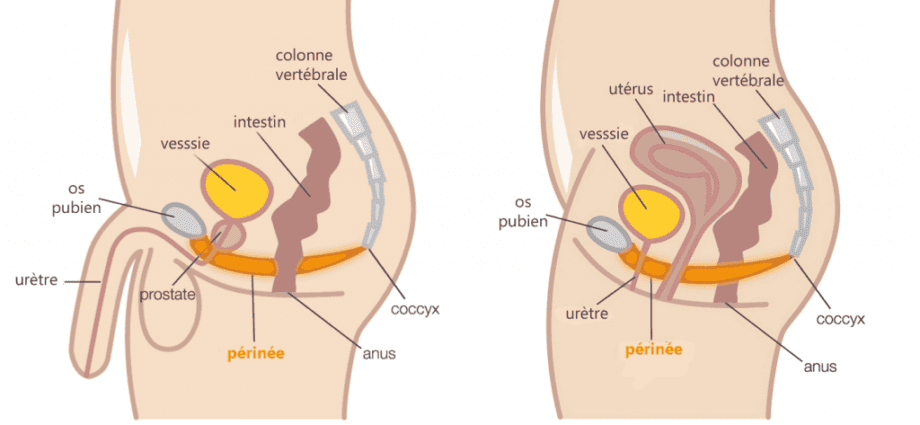Технике перинеалне рехабилитације

Re-educate your perineum with biofeedback
If this proves useful, women who have given birth can follow perineal rehabilitation sessions led by a physiotherapist or a midwife. Childbirth does tend to stretch the perineum, so young mothers are less aware of it and no longer have perfect control over it. A short interview makes it possible to determine with the patient the most appropriate rehabilitation technique in her case. The goal of rehabilitation is to teach the patient to recognize and use her perineum to prevent urinary leakage, through several techniques performed directly in the hospital.
One of these techniques is biofeedback. In general, biofeedback consists, through devices, in capturing and amplifying information transmitted by the body such as body temperature or heart rate, of which we are not necessarily aware. In the case of urinary incontinence, it consists in visualizing on a screen the contraction and relaxation of the muscles of the perineum by means of a sensor placed in the vagina. This technique allows women to become more aware of the intensity of perineum contractions and their duration, and thus to better control them. In a study carried out in 20141, 107 women suffering from urinary incontinence, including 60 following childbirth and 47 after menopause underwent biofeedback sessions for 8 weeks. The results showed improvement in incontinence problems in 88% of women who gave birth, with a cure rate of 38%. In postmenopausal women, the improvement rate was 64% with a cure rate of 15%. Biofeedback therefore seems to be an effective technique against incontinence problems, especially in young mothers. Another study from 2013 showed similar results2.
Извори
s Liu J, Zeng J, Wang H, et al., Effect of pelvic floor muscle training with biofeedback on stress urinary incontinence in postpartum and post-menopausal women, Zhonghua Fu Chan Ke Za Zhi, 2014 Lee HN, Lee SY, Lee YS, et al., Pelvic floor muscle training using an extracorporeal biofeedback device for female stress urinary incontinence, Int Urogynecol J, 2013










